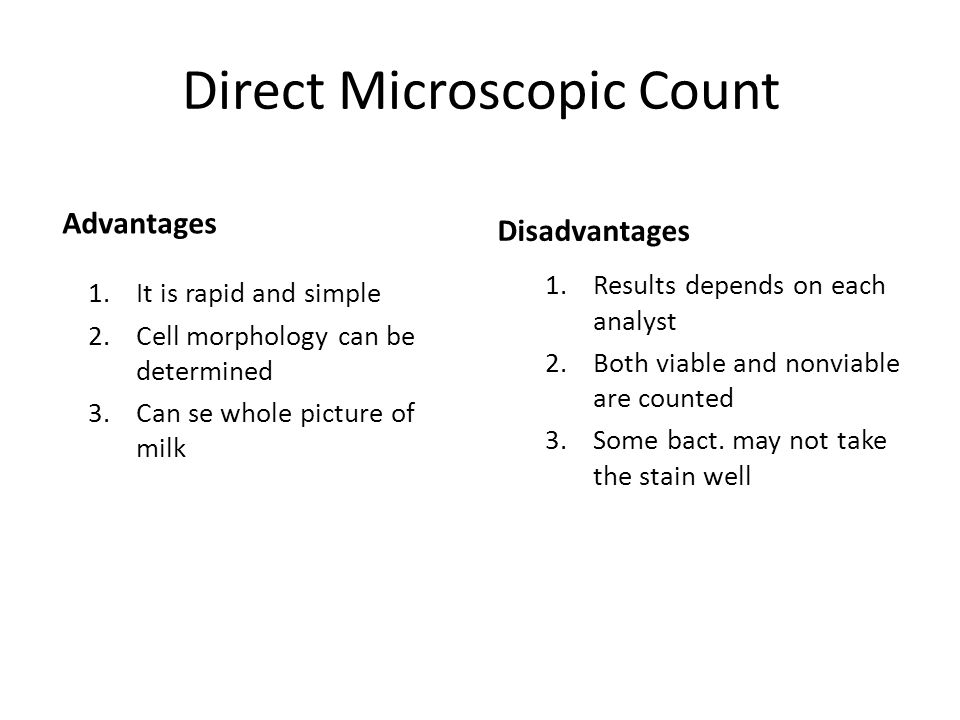Serial Dilution Advantages And Disadvantages

A serial dilution is the stepwise of a in. Usually the at each step is constant, resulting in a of the in a fashion. A ten-fold serial dilution could be 1, 0.1 M, 0.01 M, 0.001 M.
Serial dilution is usually 1/10 dilution. Therefore after a series of dilutions, you have a logarithmic curve of concentration (log10). Basically, if diluting 1/10 and startin g off with 1 molar solution, first dilution = 0.1M, 2nd = 0.01M, 3rd = 0.001M. The trouble with islam today pdf free download for windows 7.
Serial dilutions are used to accurately create highly diluted solutions as well as solutions for resulting in with a. A tenfold dilution for each step is called a logarithmic dilution or log-dilution, a 3.16-fold (10 0.5-fold) dilution is called a half-logarithmic dilution or half-log dilution, and a 1.78-fold (10 0.25-fold) dilution is called a quarter-logarithmic dilution or quarter-log dilution. Serial dilutions are widely used in experimental sciences, including,,,. Contents • • • • • In biology and medicine [ ] In and, besides the more conventional uses described above, serial dilution may also be used to reduce the concentration of microscopic organisms or cells in a sample. As, for instance, the number and size of that grow on an plate in a given time is concentration-dependent, and since many other diagnostic techniques involve physically counting the number of micro-organisms or cells on specials printed with grids (for comparing concentrations of two organisms or cell types in the sample) or wells of a given volume (for absolute concentrations), dilution can be useful for getting more manageable results. Serial dilution is also a cheaper and simpler method for preparing than.
In homeopathy [ ]. Experiments in Microbiology, Plant Pathology and Biotechnology. New Age Publishers, 2005, p. • Booth, C.; et al. Methods in microbiology 35.
Academic Press. • Weissmann, Gerald (2006). What is service industry. The FASEB Journal. 20 (11): 1755–1758.. Retrieved 2008-02-01.
• Ernst, Edzard (November 2005). 'Is homeopathy a clinically valuable approach?' Trends in Pharmacological Sciences. 26 (11): 547–548.. Bishop, Edward P.
Fody, Larry E. Clinical Chemistry: Principles, Procedures, Correlations. Lippincott Williams & Wilkins, 2004, p. 24. External links [ ] •, Bates College.
DIRECT DILUTION Different volumes of the same stock solution are transferred directly to the assay plate The generation of IC 50 or EC 50 data is a key component of drug discovery processes. The setup of IC 50 curves have traditionally been a liquid handling challenge that is prone to error. The use of the eliminates these errors, enabling discoveries that would have been missed by other methods. By coupling the Echo Liquid Handler with and, IC 50 data is generated more accurately and more efficiently than traditional methods. Traditional Method: Serial Dilution Traditionally, scientists have approached the generation of IC 50 data in similar manners. Starting with a high concentration of drug in DMSO or buffer, they create their initial stock and then dilute across a series of wells. A small amount of the high concentration well is transferred to the next well, containing buffer or solvent.
The process is repeated, resulting in each successive well at a concentration increment lower than the previous well. As this technique has been the only available approach to IC 50 curve generation, the inherent drawbacks for this method are not often considered. The risks in this technique include. Compound Precipitation Many serial dilution techniques start with a compound in DMSO diluted into buffer. As this first step is the highest concentration of compound, the change in buffer solution could cause material to precipitate out of solution.
Subsequent dilution of the first sample in a serial dilution method may transfer the compound at a far lower concentration than anticipated. Compound Waste To avoid the above scenario, some will serially dilute compound into the same storage solution (usually DMSO). The generated IC 50 curve DMSO is then added in smaller volumes to an assay.
While this method reduces the risk of compound precipitation, it usually requires far higher volumes of compound to be used in order to produce the full curve. This results in waste of compounds that may be unique or not readily available, and increased DMSO waste and disposal costs.
Major drawbacks of error in the serial dilution process are readily apparent. Each risk may result in compounds appearing to be less potent in a screening method. For example, in an inhibition study, the errors in a serial dilution process may cause the researcher to incorrectly rank factors causing potency, dismiss potential drug candidates, or dismiss entire classes of compounds that may be potential drug candidates. In ADME Tox studies, serial dilution process errors may result in compounds appearing less toxic, resulting in the carrying forward of a drug candidate that is destined to fail trials. As there is so much at stake in the IC 50 curve generation process, it is key that the experiment is set up correctly. Icon-echo-dr Echo Software for Direct Dilution The application simplifies protocol creation for direct dilution.